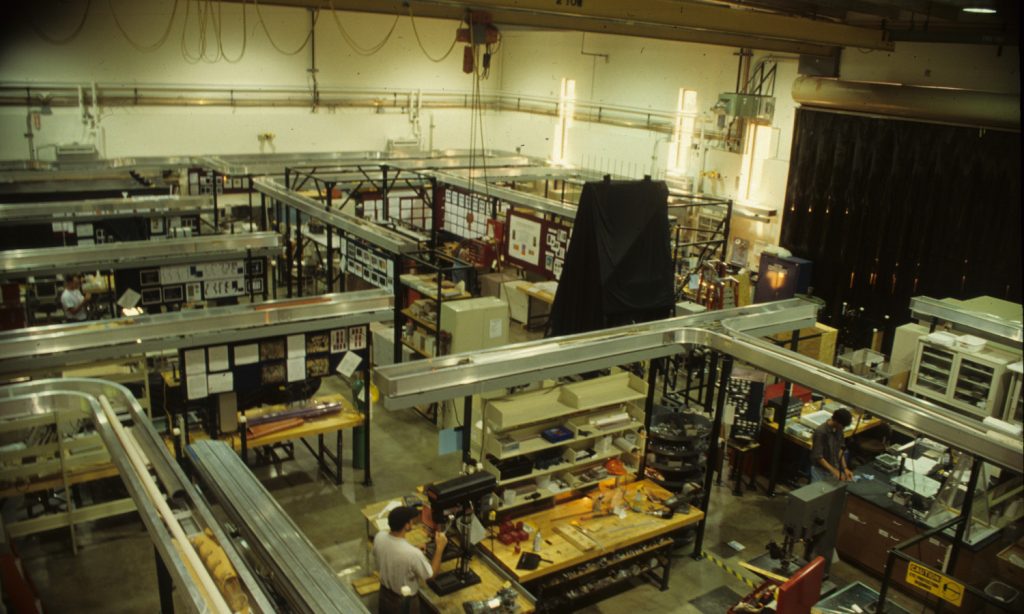The Sandia National Laboratories Flow and Transport Processes Lab (Flow Lab) existed in several locations from approximately 1991 to 2009. This website has been constructed as an archive and to provide access to the publications generated from research done at the Flow Lab, provide background to the research, and in some cases allow access to raw data to encourage continuation of the investigation of these processes.
The Flow Lab supported controlled systematic experimentation at bench-scale and field-scale focused on subsurface flow and transport process understanding/discovery, and the development of new theoretical and numerical modeling approaches embodying this understanding/discovery. Bench-scale experimentation incorporated self designed, state-of-the-art quantitative flow and transport visualization techniques that made use of high resolution image acquisition and analysis as well as a variety of unique apparatus and techniques for system parameter control and state variable measurement.
Large-scale field studies incorporated sensor arrays (transducers, TDR, solute and colloid samplers) and geophysical arrays (ERT, cross-borehole GPR) for monitoring and visualizing flow and transport in the subsurface. Numerical modeling spanned standard continuum to self-developed non-standard extended physics continuum and discrete approaches including modified invasion percolation, cellular automata, complexity based (sand-pile-like) and hybrid continuum-discrete approaches.
The Flow Lab group included scientists from Sandia, academia and other national labs, as well as graduate and undergraduate students. The facility was housed in a custom designed lab complex (10,000 sq. ft) that included: computational and data visualization lab; sample preparation and wet lab; shop where most of our state-of-the-art equipment was hand fabricated; standard hydraulic properties measurement lab; flow visualization labs including seven light transmission test stands for fracture, micro-model and sand slab multiphase flow and solute transport experiments; x-ray lab; darkroom; and offices.
The lab no longer exists. However, we have kept it “virtually” alive through this archival website where we have documented our groundbreaking work, our funders, papers and presentations, and the people of the “Flow Lab.”
